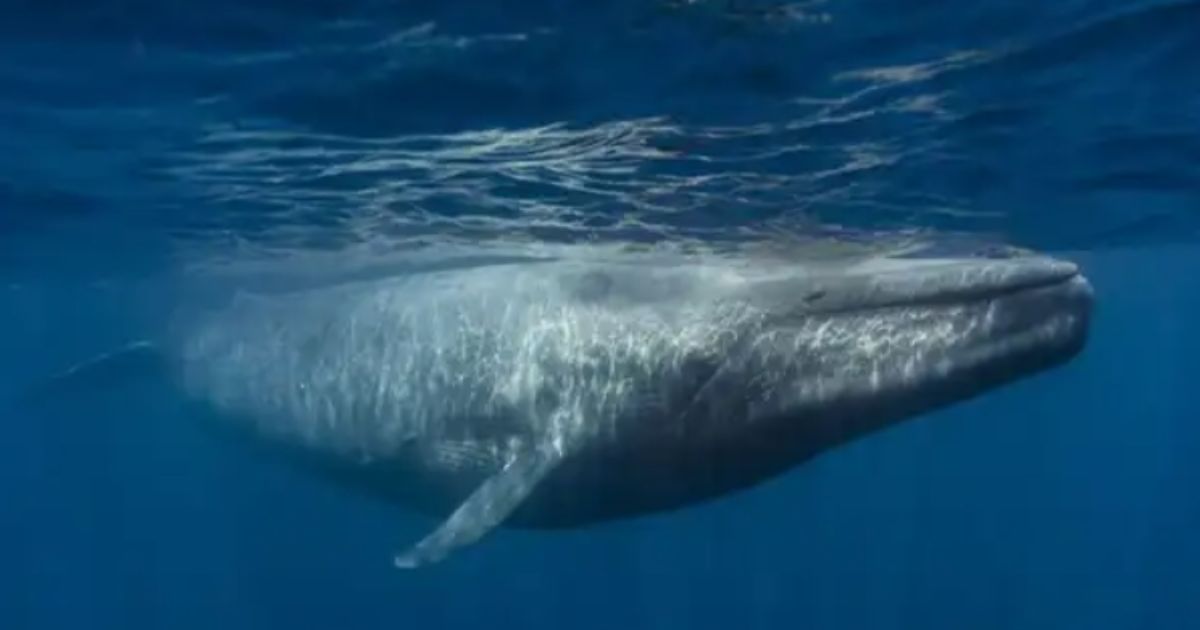Blue whales going silent isn’t a poetic metaphor—it’s a disturbing scientific reality. In 2025, researchers recorded the quietest Blue whale sound levels in decades, traced to escalating ship traffic, ocean drilling, and climate-driven habitat changes.
Why Whale Calls Matter—and What’s Changing
Blue whales rely on low-frequency calls that travel hundreds of miles underwater. These vocalizations serve crucial functions: locating mates, coordinating long-range migration, and navigating vast oceanic territories. New data from NOAA’s hydrophone networks show a 40% decline in average call loudness over the past five years—suggesting whales are calling less often or being drowned out entirely.
What’s Causing the Silence?
Several human factors converge to disrupt whale acoustics:
- **Commercial shipping noise**, especially deep-water routes between Asia, Europe, and North America.
- **Offshore drilling and seismic surveys**, with loud impulsive sounds overlapping whale call frequencies.
- **Climate impact**: changing ocean temperatures and currents shift whale migration, pushing them toward noisier coastal zones.
Scientific Breakthroughs in 2025
Marine scientists released a landmark report in July 2025 showing the loudest Blue whale call levels dropped from an average of 188 decibels (re 1 µPa at 1 m) in 2020 to under 180 dB in early 2025. Using satellite-linked hydrophones off the California coast, they confirmed consistent reductions across populations.
The research highlights how shipping lanes now overlap previously pristine whale habitats. In one monitored site off the Canary Islands, a typically vocal pod was almost entirely silent for six weeks following installation of a new megaship port.
Ecological Consequences of Silence
Declining communication poses serious risks:
- **Reduced mating success**, as whales struggle to locate partners across larger migratory distances.
- **Weakened social bonds**, hindering vital coordination during feeding and long journeys.
- **Disrupted feeding**, since vocal cues are key during large-scale krill hunts.
Conservation Efforts & Proposed Reforms
Conservation groups like the International Whaling Commission and WWF are calling for urgent reforms, including:
- A ban on noisy seismic surveys in key whale feeding zones.
- Mandatory slow-speed shipping lanes near marine corridors.
- Expanded passive acoustic monitoring to track whale populations in real time.
Voices From the Field
Marine biologist Sofia Delgado described an encounter off Baja where a normally vocal female whale swam close to an unmanned buoy—yet did not produce any detectable call. In Norwegian coastal waters, feeding zones that once buzzed with whale song are now practically silent.
Impacts Beyond the Whales
Blue whales anchor marine ecosystems. Their silence signals cascading effects: disrupted food chains, depressed krill populations, and weakened ecological balance. Without their influence, coastal fisheries and marine biodiversity face long-term threats.
How You Can Help
- Support legislation requiring quieter ship engines and marine protected zones.
- Donate to ocean acoustic monitoring networks.
- Choose brands that fund marine sustainability and reduce ocean noise pollution.
Final Takeaway
The phrase “Blue whales going silent” is both a tragic echo of what’s happening beneath the waves and a call for collective action. If research noise continues unchecked, the ocean may become increasingly deaf—to nature’s most poignant voices.

